Home > Auctions > 4 June - 8 June 2024
Ancient Art, Antiquities, Natural History & Coins
Auction Highlights:
Ex German art market, 2000s.
Acquired from an EU collector living in London.
From the collection of Surrey, UK, gentleman.
Ex German art market, 2000s.
Acquired from an EU collector living in London.
From the collection of Surrey, UK, gentleman.
See The Metropolitan Museum, accession number 2008.355a-d, for similar.
From a gentleman's London, UK, collection, in the 1990s.
Cf. Ruseva-Slokoska, L., Roman Jewellery, Sofia, 1991, item 194, for type.
Found Wiltshire, UK, before 1974.
Cf. Bayley, J. & Butcher, S., Roman Brooches in Britain: A Technological and Typological Study based on the Richborough Collection, London, 2004, figs.113-5.
Found Wiltshire, UK, before 1974.
Acquired in the early 1990s.
Ex Property of a Cambridgeshire Gentleman.
Property of a Kent lady collector.
Cf. Petcu, R., Swastika-shaped fibulae with horse-head decorations (Almgren 232) from the Roman period in Dobrudja (Moesia Inferior), in Studia Antiqua et Archaeologica 25(1); pp.113-122, fig.4.
Ex German art market, 2000s.
Acquired from an EU collector living in London.
From the collection of Surrey, UK, gentleman.
Cf. Rolland, H., Bronzes Antiques de Haute Provence, Paris, 1965, item 298, for similar artefact although of higher dimensions.
The vase evokes a scene of maritime or river trade, usually linked to navigation on the Rhine or on the great rivers of Roman Gaul. In particular, the shape of the ship and the three people only half visible on its deck closely resemble the famous relief of the wine merchants of Neumagen-Dhron. The small jar was probably for domestic toilette use.
From the collection of a late East Anglian teacher and antiquarian who retired to the Isle of Wight in Hampshire, UK.
He amassed a large collection of objects between the 1960s-1980s.
Ex German art market, 2000s.
Acquired from an EU collector living in London.
From the collection of Surrey, UK, gentleman.
From a collection acquired on the UK art market from various auction houses and collections mostly before 2000.
From an important Cambridgeshire estate; thence by descent.
Cf. Rolland, H., Bronzes Antiques de Haute Provence, Paris, 1965, item 242, for type; cf. similar statuette in the Leo Mildenberg collection in Kozloff, A.P., Animals in Ancient Art, from the Leo Mildenberg Collection, Mainz, 1981, no.62; various parallels can be found in the Cincinnati Art Museum (inv.1956.13), in Walters Art Gallery (inv.54.1565) and in the British Museum.
After the Roman annexation of Egypt, Egyptian cults such as that of the Apis bull were syncretised, becoming part of a distinctively Egyptian form of Roman polytheism. Representations of prancing Apis bulls, turned either left or right, have been found throughout the Roman Empire.
Found Peterborough, Cambridgeshire, UK.
From an East Anglian private collection.
Cf. Durham, E., Metal Figurines in Roman Britain, vol. 2, Reading, 2010, pl.87a,b, for type.
Acquired 1980-2015.
Ex Abelita family collection.
Cf. Tassinari, S., La Vaisselle de Bronze, Romaine et Provinciale, au Musée des Antiquités Nationales, XXIXe supplément de Gallia, Paris, 1975, items 88,90, for similar types.
The function of Roman vessels is not always precise, as well as the separation between culinary forms and forms for domestic use, those of the kitchen and those of the table. Many bronzes belonged to table service (like perhaps this splendidly preserved example), others to objects of usual worship (patera) or washing, while basins, plates and crockery found their place above all in the kitchen.
517 - 528 of 2809 LOTS

.jpg)

.jpg)
.jpg)
.jpg)

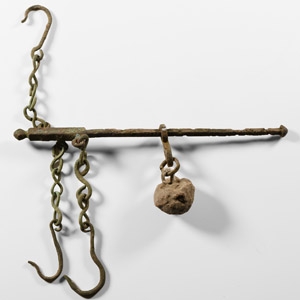
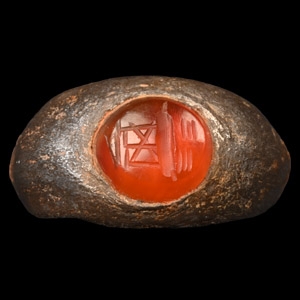
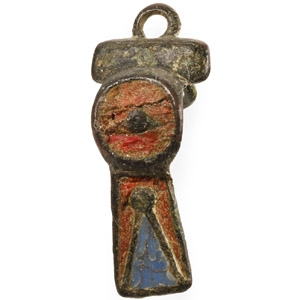
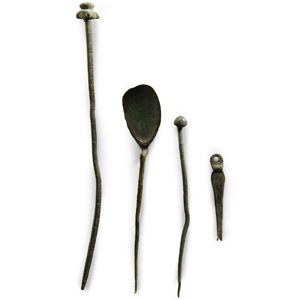
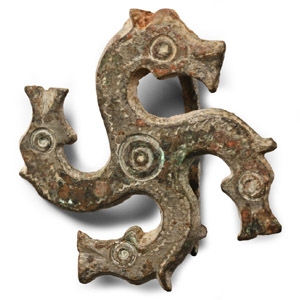


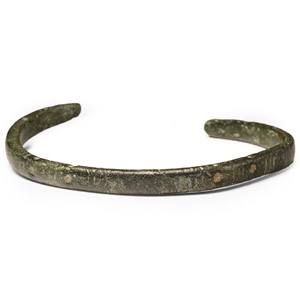

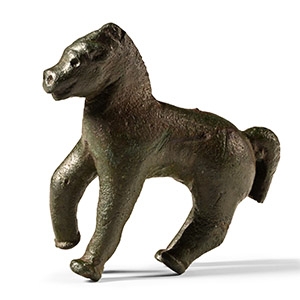
.jpg)



